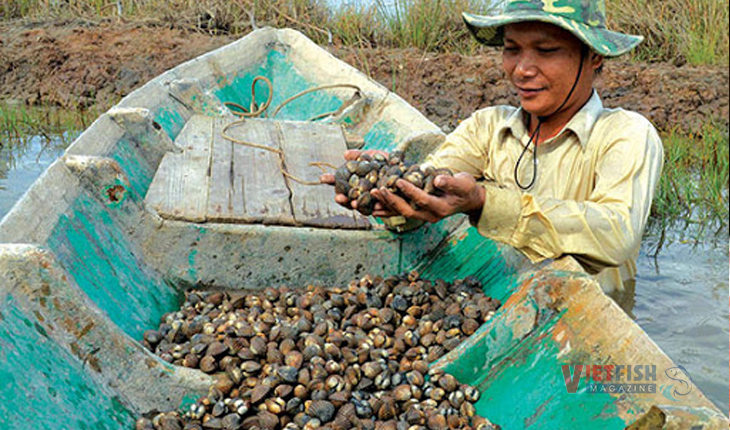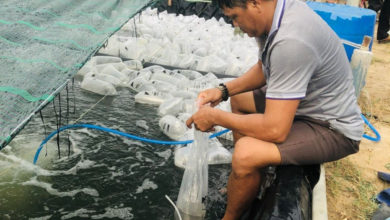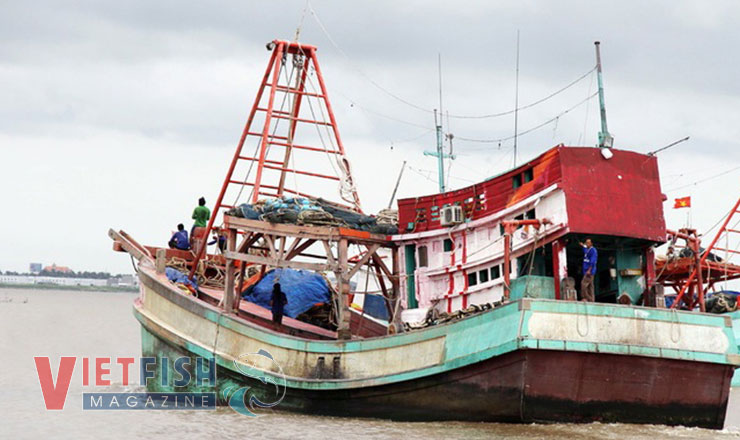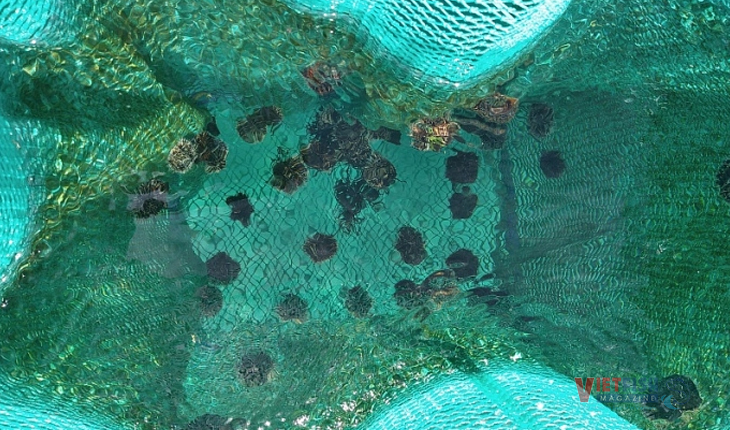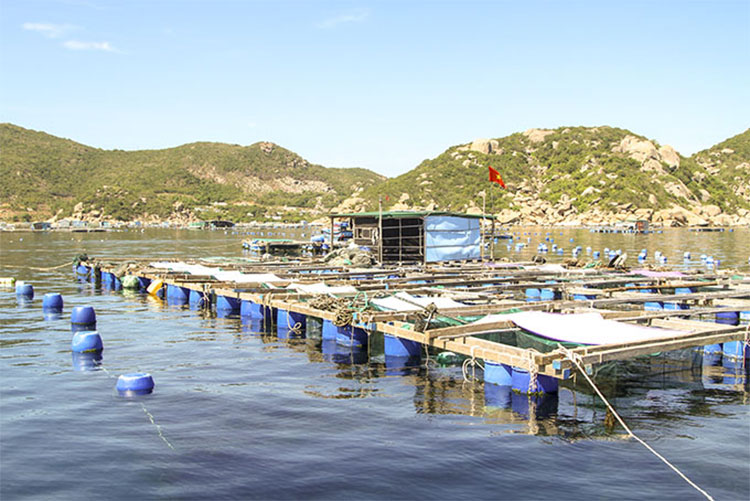The efficiency of integrated milkfish and black tiger shrimp farming
In Ben Tre province, a promising new aquaculture model combining milkfish and black tiger shrimp farming in earthen ponds is gaining momentum.
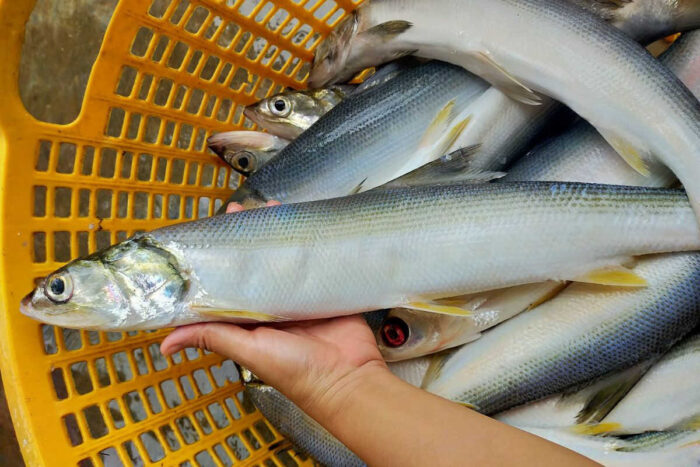
This integrated approach not only maximizes pond utilization but also mitigates environmental and climate risks, significantly enhancing the economic viability for farmers.
Impressive economic benefits
After a farming period of six to seven months, the results show that the integrated farming model yields far better economic outcomes compared to traditional single-species farming. Milkfish, after seven months, reached an average weight of 300 to 500 grams, with a survival rate exceeding 70%. At the same time, black tiger shrimp, after six months, grew to 15 to 20 shrimp per kilogram, with a survival rate over 60%. The combined harvest amounted to 1.2 tons of milkfish and 5.4 tons of shrimp per hectare.
With this integrated system, revenue reached approximately VND 712.47 million per hectare after 150 days, while single-species shrimp farming generated only about VND 173 million per hectare. This significant difference highlights the superior efficiency of combining these two species.
Key to success: symbiotic benefits
The combination of milkfish and black tiger shrimp creates a mutually beneficial relationship. Milkfish help clean the pond by consuming plankton and algae, which improves water quality and reduces the risk of pollution that could harm shrimp. In turn, the waste produced by shrimp becomes a source of food for the milkfish, effectively reducing feed costs and improving the overall pond environment. This natural synergy not only optimizes the farming process but also increases productivity while lowering management costs. As a result, this model delivers outstanding economic returns and contributes to the sustainable development of aquaculture.

Developing technical processes for integrated farming
According to MSc. Nguyen Thi Phuong Thao, the project leader, one of the primary goals of the initiative was to develop a technical process for the integrated farming of milkfish and black tiger shrimp in Ben Tre. The experiment was conducted at Ngoc Tram Feed Agent in An Nhon Commune, Thanh Phu District, over an 18,000m² area, comprising six ponds. The entire process followed strict standards, from pond preparation to the care and management of both species at each stage of their growth.
Before stocking the ponds, thorough preparations were made, including dredging mud, reinforcing dikes, and treating the water. Milkfish were stocked at a density of one fish per 3 to 5 square meters, while shrimp were stocked at a density of 20 per square meter. All stock was carefully selected to ensure they were healthy, disease-free, and met the national standards like TCVN 9398:2012.
Throughout the farming period, environmental factors such as salinity, NH₃-N, and H₂S levels were closely monitored by technical staff to maintain optimal conditions for both species. Feed management was tightly controlled to minimize waste and prevent water pollution, ensuring optimal growth for both milkfish and shrimp.
Contributions to sustainability
In addition to its economic benefits, the integrated farming model offers considerable environmental and social advantages. By combining fish and shrimp farming, it maximizes the use of pond space while minimizing the risk of environmental pollution from excess feed. Products from this model, such as milkfish and black tiger shrimp paste, have earned a 3-star OCOP certification, opening opportunities for both domestic and international markets.
Furthermore, this farming model helps create jobs for local communities, improving livelihoods and enhancing technical expertise in aquaculture. It plays an important role in the sustainable development of Ben Tre’s aquaculture sector and that of other coastal provinces.
Future potential of the integrated model
Given the positive results from the initial trials, MSc. Nguyen Thi Phuong Thao believes that this integrated farming model represents a new direction for Vietnam’s aquaculture industry. The model not only reduces risks but also leverages pond resources effectively, increasing productivity and product value. It lays a solid foundation for the sustainable development of the industry, contributing to food security programs and improving the livelihoods of local residents.
This integrated milkfish and black tiger shrimp farming model stands out as an innovative and sustainable approach, offering significant economic, environmental, and social benefits for Vietnam’s coastal aquaculture sector.
VFM


